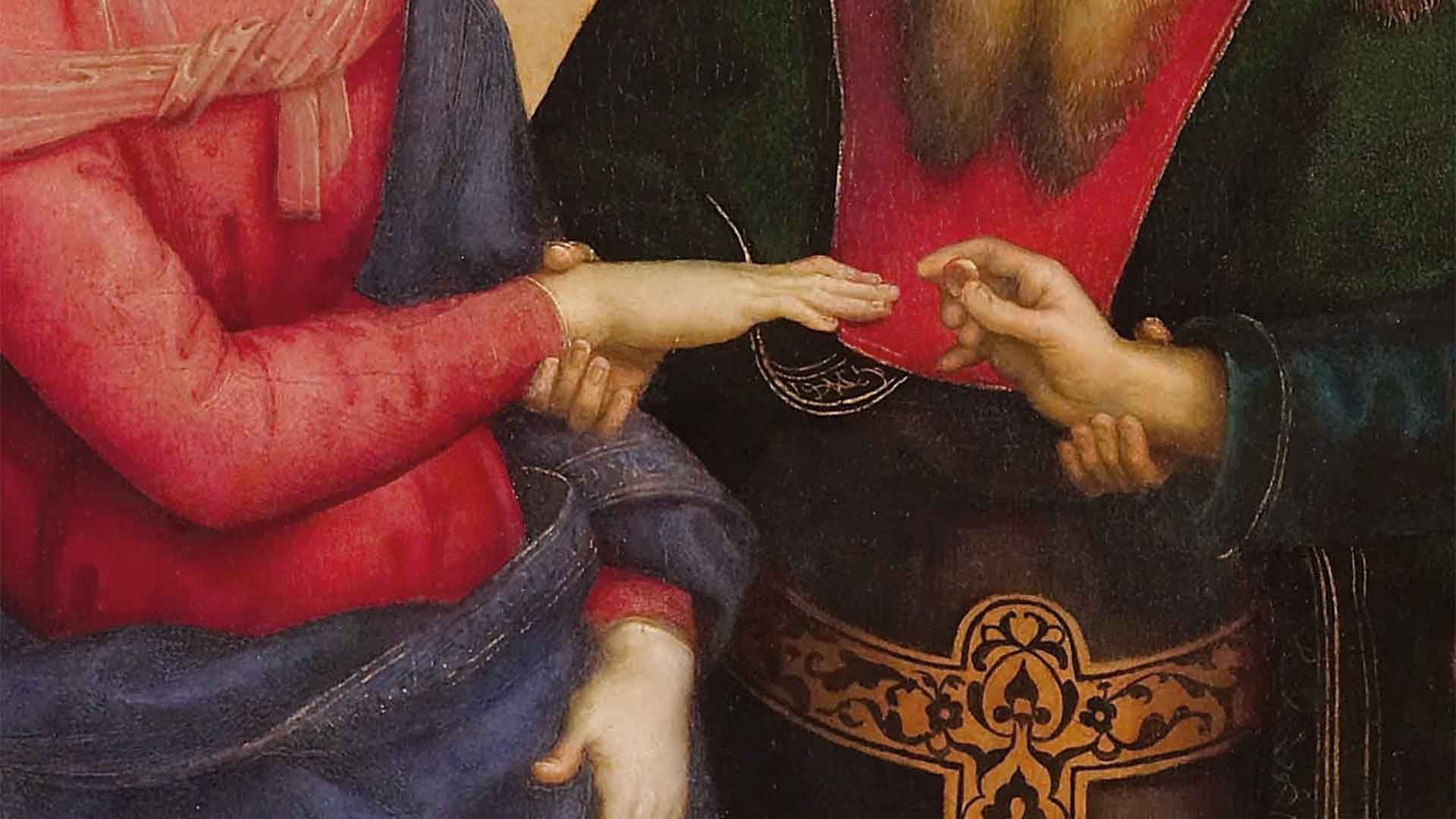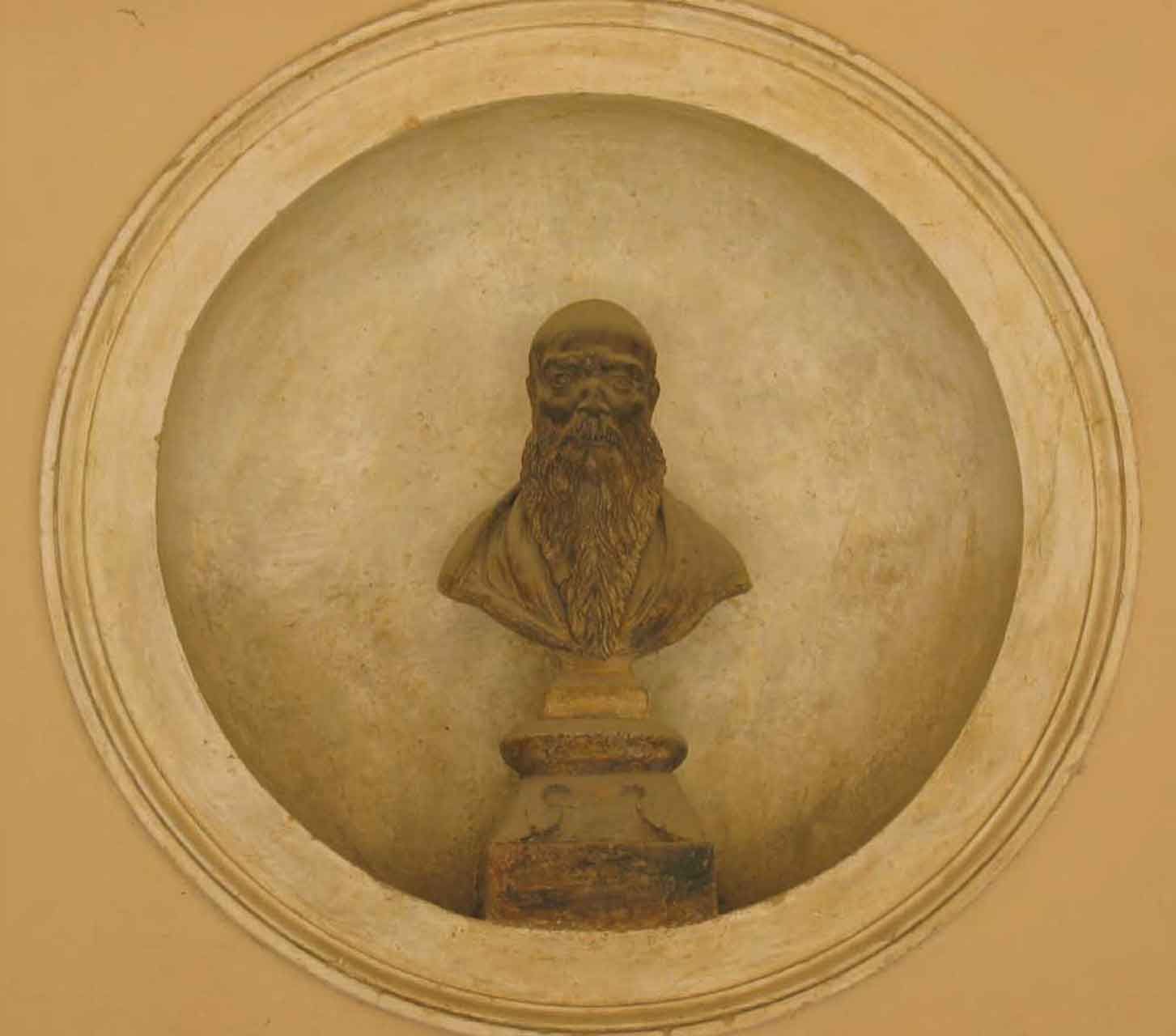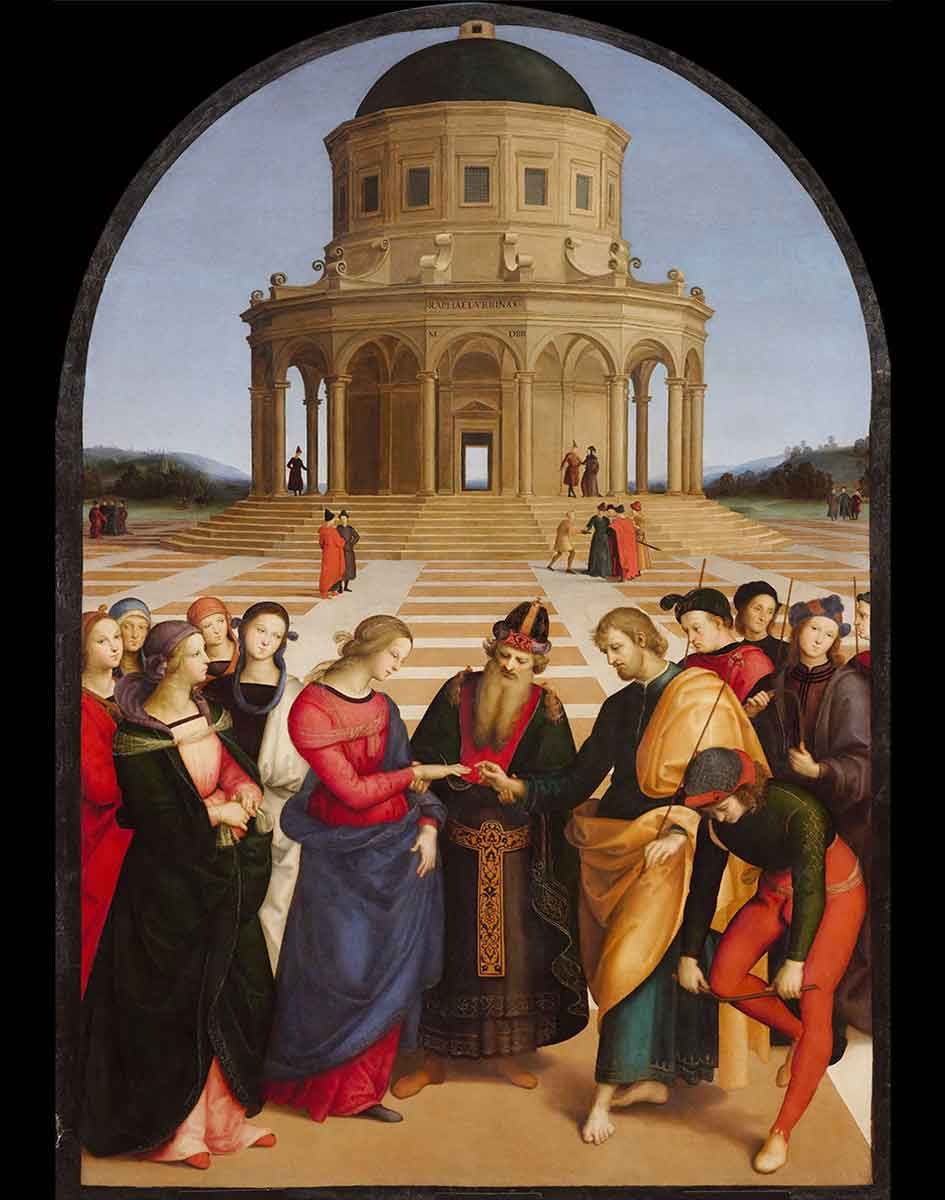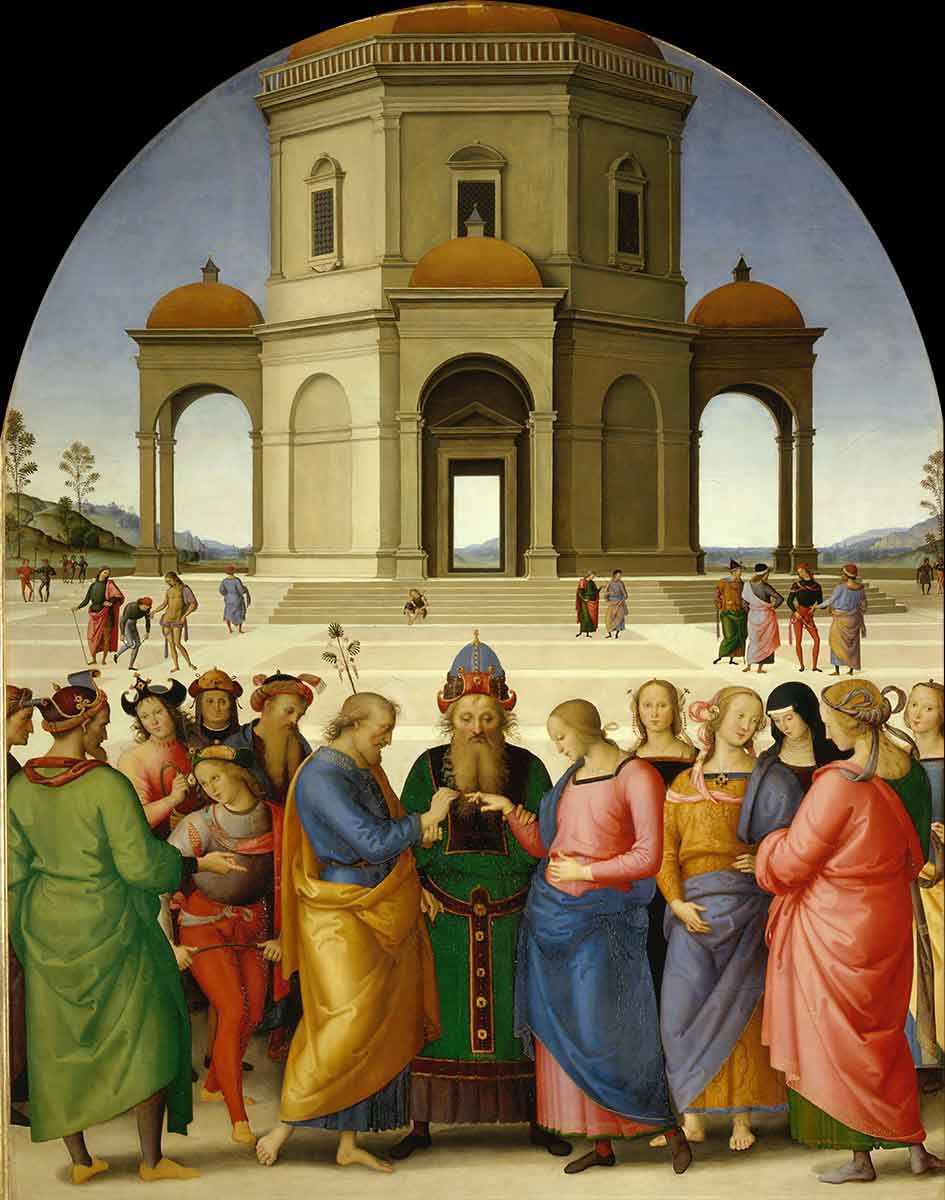
THE SACRED RING
“…a virgin espoused to a man whose name was Joseph, of the house of David; and the virgin’s name was Mary.” (Lk, 1:27)
The Sacred Ring is a small ring made of chalcedony, a micro-crystalline variety of quartz, which has come down to us as Mary and Joseph’s wedding ring, so it is considered a genuine relic and is greatly venerated by the faithful.
The wedding ring, which tradition tells us Mary gave to the Apostle John on her deathbed and which used to be kept in Constantinople, reached the convent of San Francesco in Chiusi in the Middle Ages.


According to legend, a goldsmith of Chiusi, named Ainerio, received the ring as a gift from a merchant trading in precious stones shortly before the year 1000. His family treasured it for centuries as the Virgin’s wedding ring.
It is said that the goldsmith of Chiusi did not believe the merchant at first, but several years later, as he was accompanying his young son to the grave, the son suddenly revived and declared the relic genuine.
From that moment on it was kept in the ancient basilica of Santa Mustiola in Chiusi until it was stolen on 3 August 1473 – a veritable calamity for the inhabitants of Chiusi.
The Libro di Memorie [Book of Memories] in Chiusi’s archives records the citizens’ despair when they discovered the theft of the relic.
“For some twenty days during which the S. Ring was concealed by the thief, the sun never shone brightly but was always veiled nor did the moon shine brightly, but they both started shining brightly again as soon as Brother Winter was arrested on 5 August 1473 around hora secunda noctis, the second hour of the night.” ACC, Libro memorie, X, K (from 1 January 1470 to 11 May 1476)
The man who stole the ring was Fra’ Winter, a German friar from Mainz, who had been a brother in the convent of San Francesco in Chiusi since at least 1470. Apparently, the friar, described in the sources of the time as a tall, strong man with frizzy hair, had already been involved in the theft of certain chalices in the Franciscan church in Città della Pieve.


Once the thief had been arrested, the ring entered the possession of the magistrates of Perugia who, however, had no intention of giving it back. The relic was a major attraction and an important source of revenue for the city because of the large numbers of pilgrims who came to pray before it. The Sacred Ring was even said to be endowed with the power to heal. It healed the blind, guaranteed a happy marriage, cured the barren and ensured that a couple would have numerous offspring.
The quarrel between Perugia and Chiusi was only settled when the pope intervened, assigning the ring to Perugia. Thus in 1488 the relic was moved to the Cathedral of San Lorenzo. A chapel dedicated to St. Joseph was built to house it and a painting was commissioned from Perugino, the most important painter of the day, to adorn its altar.
Possibly because he could not engage Perugino’s services, Ludovico Albizzini called on Raphael, then aged only twenty-one and without a real curriculum to his name, to paint an altarpiece with the same subject as the one in the Chapel of St. Joseph in Perugia, for an altar dedicated to St. Joseph which he had founded in the Gothic church of San Francesco in Città di Castello in 1501. That altarpiece was The Marriage of the Virgin now in the Pinacoteca di Brera.



